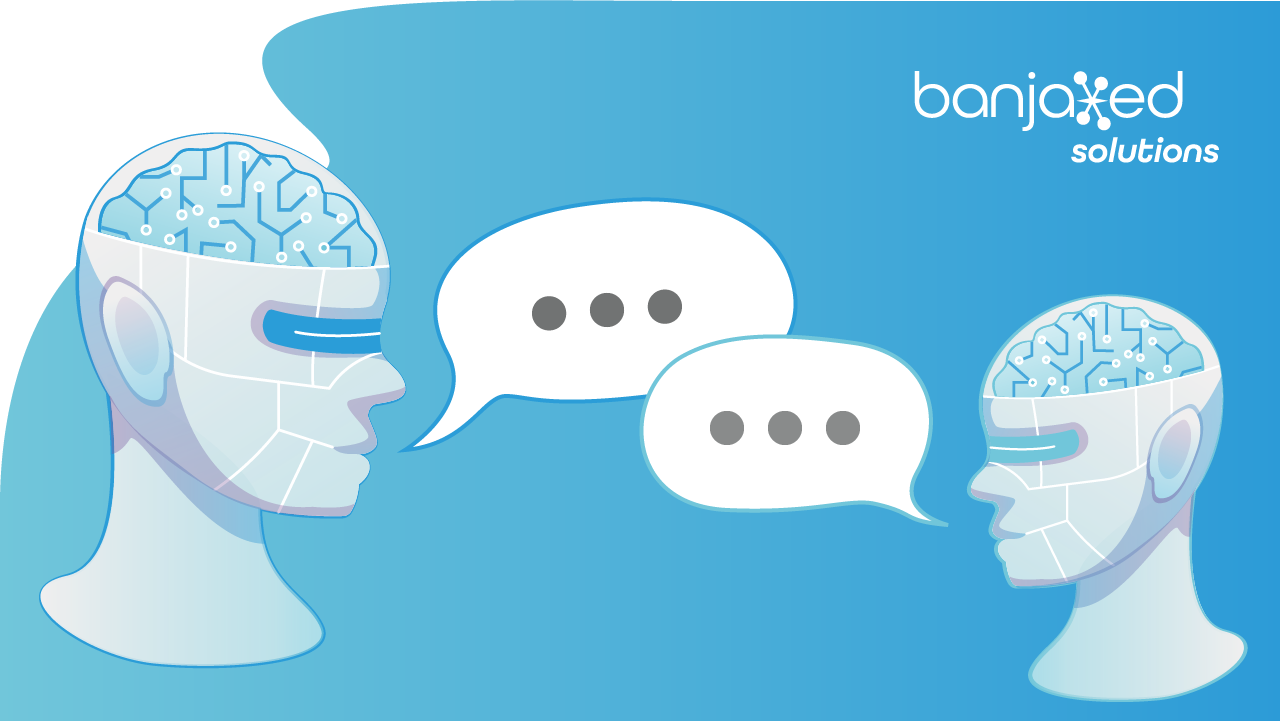
Artificial intelligence is sweeping the technology world, and slowly integrating into the behind-the-scenes daily lives of consumers. OpenAI’s ChatGPT in particular has created massive waves, partnering with corporations to develop AI-integrated solutions. It’s making customer interactions exceptionally personalized, intelligently using past data to generate precise, enjoyable customer experiences. Many consumers even talk to AI bots when chatting with customer service online.
Beyond commercial use, the average person has the ability to interact with artificial intelligence daily, with open-source AI at their fingertips. Today, anyone can open up an AI chatbot or generative AI system and ask for knowledge, essays, pre-written emails, and even images.
However, AI is only as helpful as the query you ask it. Conversational AI, like ChatGPT, uses natural language processing to understand users’ prompts, generate results, and convey them to the user using text or speech. While you don’t have to memorize specific commands, what you ask and how you ask it still matter. Thus the big question on your mind: “How do I know if I have a good prompt?”
We call this skill “prompt engineering” and it will soon be essential for anyone who talks to AI online. Let’s get a head start on developing this new talent with these 6 prompt engineering essentials.
Here are 6 tips for building the best prompt possible:
1. Be specific and detailed
The more precise you are when you talk to AI, the more precise your results will be. ChatGPT and other conversational AI bots can access a wide range of knowledge, so you’re more likely to find what you need if you can focus in on the specific details you’re seeking.
In this example, the first prompt will elicit a very general description of the topic, while the second defines a certain focus within the topic, and requests source information.
Prompt 1: “Tell me about 3D printing”
Prompt 2: “Explain how different materials can be used in industrial 3D printers, and provide 3 credible sources.”
2. Use clear, concise language
Though it is built as a conversational AI, ChatGPT still works best by eliminating clutter from your query. When you talk to AI bots, keep your question to the point and specific. In the example below, the first prompt has an abundance of filler words and repetitions that can result in a less cohesive response.
Prompt 1: “Tell me about why it’s hard for female women to get jobs in science”
Prompt 2: “Explain the current gender gap in STEM fields.”
3. Ask rephrased follow-up queries to refine results
Most chatbots require logins and store past conversations in order to provide more specific responses to future queries from that user. If you feel the first answer to your prompt is too general, or doesn’t quite hit the mark, you can add additional directions to narrow down the results.
Prompt 1: “What food is popular in Germany?”
Answer 1:
“Germany is known for its rich and diverse culinary traditions. Here are some popular foods in Germany:
Bratwurst: This is a type of German sausage made from pork, beef, or veal. It is often grilled or pan-fried and served with mustard and sauerkraut…”
Follow-up Prompt: “What German street food is the cheapest?”
Answer 2:
“When it comes to affordable street food in Germany, there are a few options that are generally considered to be budget-friendly:
Currywurst: Currywurst is a popular and inexpensive street food option. It consists of sliced bratwurst topped with a flavorful curry ketchup sauce and sprinkled with curry powder. It is often served with bread or fries, making it a filling and affordable choice…”
4. Avoid overly complex or open-ended questions
Simple is better. While AI may know a wide spectrum of topics, it’s unlikely to know the niche details of every one. It’s more of a jack of all trades, master of none, if you will. Keep your query to-the-point and clear, and you’ll get a good starting point for any question you seek to explore. Even better, if you get an error saying the AI can’t describe that specific information, ask it for a list of search terms to use on Google or Google Scholar to explore the topic further.
Open-ended questions often require an opinion or decision on something that can’t be proven as fact. AI is not trained to make such judgments and will often return an error message if one is requested of it. If this happens, try rewording your prompt to request a more direct, data-based answer.
5. Talk to AI using neutral, polite language and avoid negativity/criticism.
AI is not trained to utilize emotion-packed terms in their queries, so they only clutter your prompt and as a result, produce less accurate results. Despite AI not possessing emotions, tone matters. Aggressive or challenging queries return error messages or more limited responses at best. Use polite, respectful language, and you’ll receive a more helpful and thorough answer.
Additionally, many chatbots require the user to agree to terms and conditions that define appropriate use of the application and which topics can’t be answered according to AI ethics laws. On top of that, who wants to piss off our future AI overlords? Not me, that’s for sure.
6. Describe a preferred complexity of response
As you talk to AI, you can specify how detailed or technical you’d like the response, using phrases such as “explain to me as if I were a CEO” or “as if I were a 5th grader.” When asked to explain with relatable examples, the AI makes information less complex and more easily understandable for a general audience.
For example, if you want a surface-level, easy-to-digest overview of the American economy, you may ask: “Describe the current American economy to me in football terms.” For a more in-depth description of the same topic, however, you may say: “Describe the current state of the American economy to me as though I were a freshman business school student.”
What can AI not tell me?
1. Recent events, including weather, new research and news items. ChatGPT is only up-to-date to Sept. 2021, and like other AI bots, it can’t access the internet to update data in real-time.
2. Anything requiring the AI to take a stance based on subjective opinions and personal experiences. This includes ethical and moral judgements. However, it can provide information on different perspectives and history of the topic.
3. AI can’t predict the future. It can provide information on trends and historical data from which the user can draw their own conclusions, but direct requests to make predictions will often result in an error.
4. Highly specialized or niche topics. AI hasn’t been trained to expert levels of specificity on any subject, since its main purpose is to provide broad knowledge.
5. Personal information about specific individuals not in the public domain. AI Ethics and Personal Data Security are rigorously monitored to reduce user data capture and transmission of said data.
6. Creating new or original content. Since AI is trained using pre-existing data, information, and creative assets, it struggles to create unique content. Any works it does generate draw from existing sources and may not even be accurate. It also tends to write in a formulaic way easily distinguishable from genuine content.
AI Prompts vs. Search Terms
Web browser searches are based on keywords, so ultimately, the order of the terms in your query has less significance than which words you use. To include, exclude, or refine results, you have to use a series of special character commands.
(-, +, “”, [ ], etc.)
On the other hand, AI leans into the intelligence side of its technology to go beyond the keywords in the input. By utilizing natural language processing, AI takes into consideration context, intent and other intricacies of human language that are hard for regular search engines to distinguish. Instead of presenting a list of results published online for one to then sort through, these AI chatbots take the information trained into its database and paraphrase it for the user. It can present the answer in varying tones or degrees of detail, as specified by the searcher.
AI is already changing the way we conduct business and our daily lives. With Salesforce’s recent announcements about its AI Cloud and various generative AI add-ons, the future of customer relationship management is trending toward intelligent automation and AI-assisted task completion.
Learning how to talk to AI and effectively utilize these advancements will keep you at the forefront of your industry, whether you’re a Salesforce user, administrator or customer experiencing the benefits of AI in the background daily.
Want to stay up-to-date with how AI and other technology is impacting tomorrow’s business world? Sign up for our newsletter to get blog posts like this one, and other insider information, delivered right to your inbox each month. We won’t bombard you with emails, but we’ll keep you in the know.


